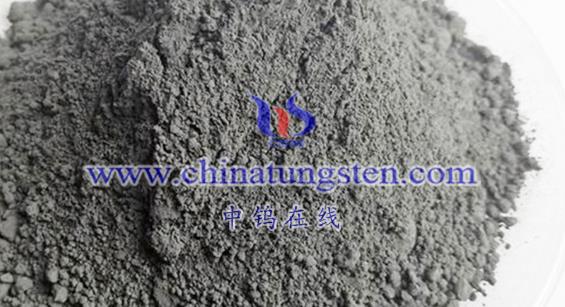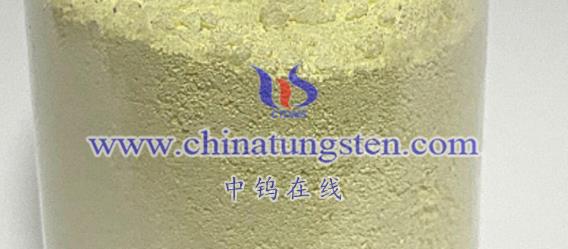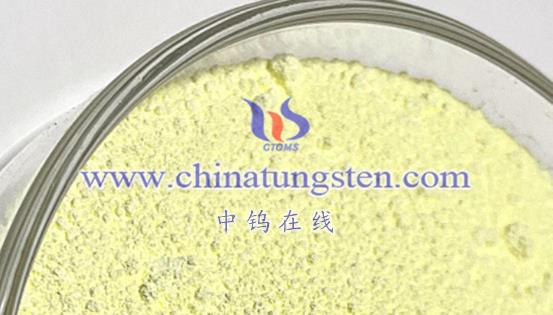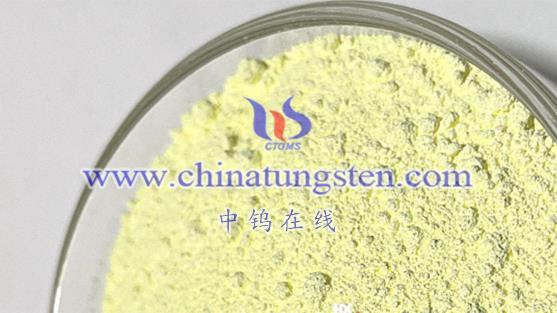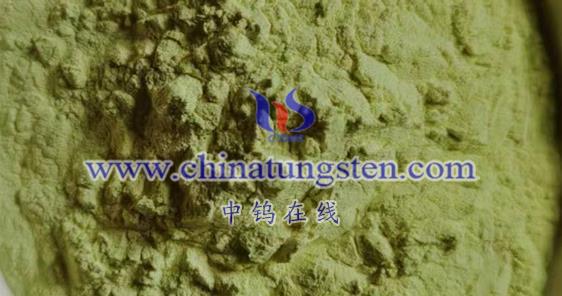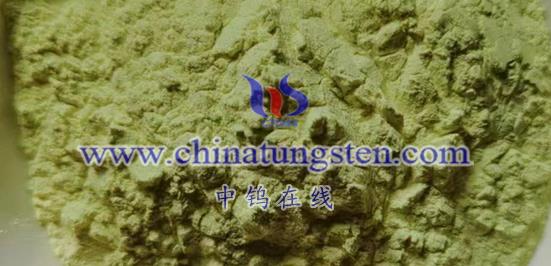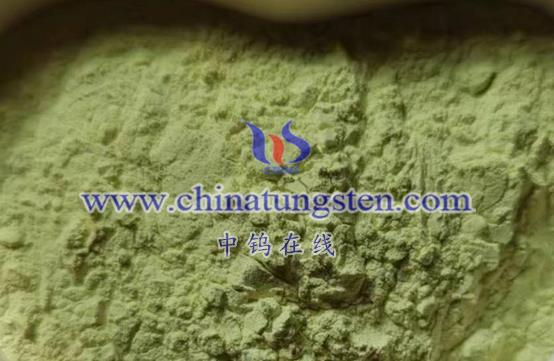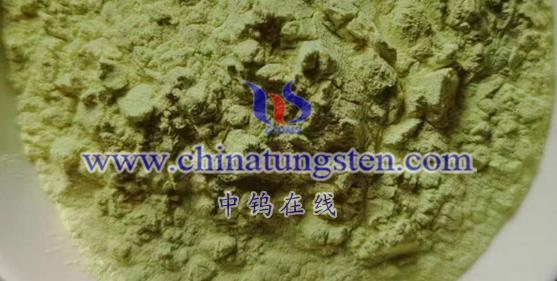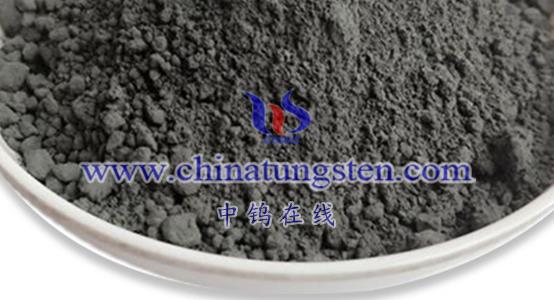
Nano-tungsten oxide (WO3) exhibits remarkable photoelectrochemical properties, which primarily arise from its exceptional light conversion capability and photon sensitivity. Below is a detailed explanation of these characteristics:
- Photoelectric Conversion Capability
- Band Structure: Nano-tungsten oxide is a transition metal oxide semiconductor with an indirect band gap ranging from 2.5 to 3.5 eV. This band structure enables WO3 to absorb visible light and a portion of ultraviolet light, leading to the generation of photogenerated electron-hole pairs.
- Photogenerated Carriers: Under light exposure, WO3 absorbs photon energy, exciting electrons from the valence band to the conduction band, thereby creating photogenerated electrons and leaving behind holes in the valence band. These photogenerated carriers possess high mobility and longer lifetimes, allowing them to transport through external circuits or electrolytes, thus generating photocurrent or photovoltage.
- Sensitivity to Photons
- Tunable Light Absorption: The light absorption characteristics of nano-tungsten oxide can be tuned by modifying its particle size, morphology, and crystal structure. This tunability allows WO3 to adapt to various wavelengths of light, enhancing its photoelectric conversion efficiency.
- Photocatalytic Performance: The photocatalytic properties of WO3 are another critical aspect of its photoelectrochemical characteristics. Under illumination, WO3 can catalyze chemical reactions such as water splitting and the degradation of organic pollutants, which involve the participation of photogenerated electrons and holes. Therefore, the photocatalytic performance is closely linked to its photoelectric conversion capability.
- Applications
- Photoelectrochemical Sensors: Utilizing the photoelectric properties of nano-tungsten oxide, high-sensitivity photoelectrochemical sensors can be developed. These sensors are capable of detecting specific biomarkers in biological systems and environmental pollutants, offering a wide range of applications.
- Photocatalytic Degradation: The photocatalytic performance of WO3 also holds potential for environmental remediation. It can be used to photodegrade organic pollutants in water and harmful gases in the air.
- Energy Conversion and Storage: The photoelectric conversion ability of WO3 positions it as a promising material for applications in solar cells and lithium-ion batteries. By optimizing the structure and properties of nano-tungsten oxide, the efficiency and stability of these energy devices can be enhanced.
Conclusion
In summary, the photoelectrochemical properties of nano-tungsten oxide are characterized by its exceptional light conversion capability and sensitivity to photons. These properties enable WO3 to be applied in photoelectrochemical sensors, photocatalytic degradation, and energy conversion and storage, presenting significant application prospects and research value.
More details of tungsten oxide product, please visit website: tungsten-oxide.com
Please contact CHINATUNGSTEN for inquiry and order of tungsten oxide:
Email: sales@chinatungsten.com
Tel.: 86 592 5129595
